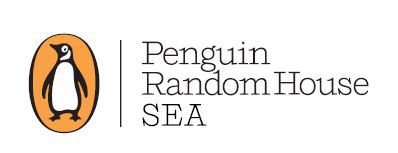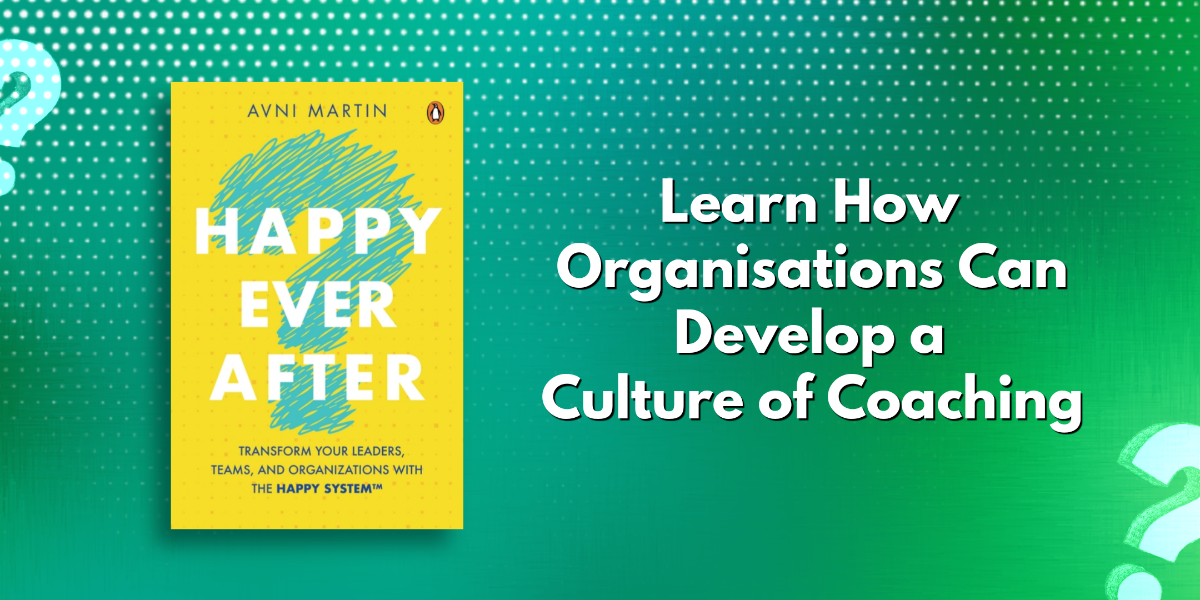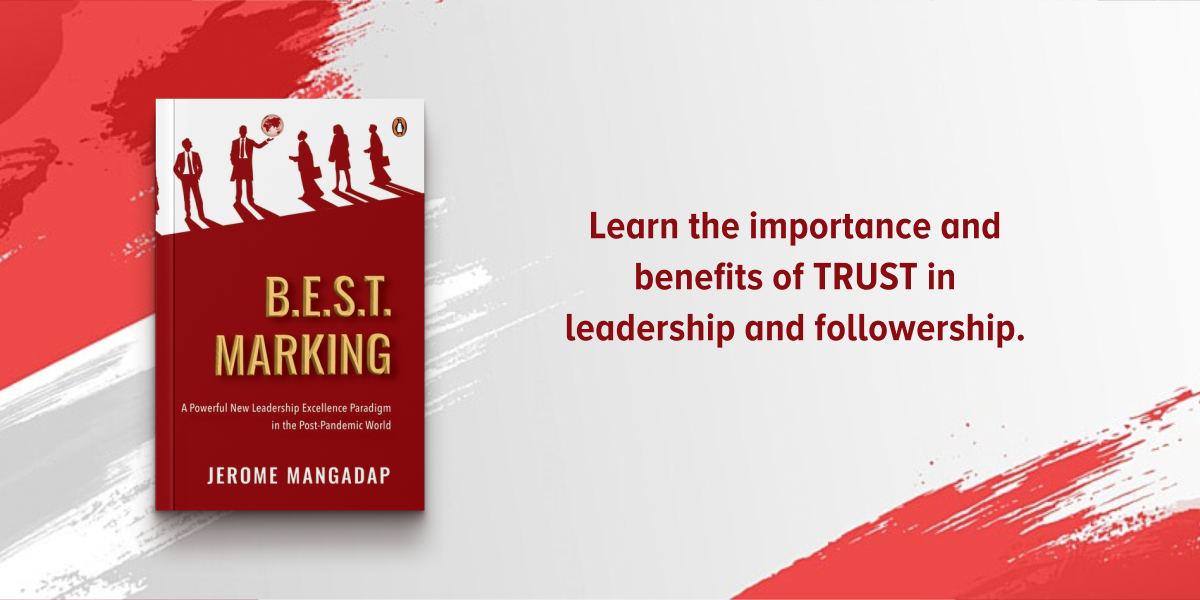
Blending fiction with non-fiction, each chapter of The Dao of Foresight introduces a new foresight technique through a timeless relationship between master and disciple imbued with the wisdom of Eastern Asian philosophies (Daoism, Zen Buddhism, Confucianism). Through the continuous juxtaposition of the old and the new, The Dao of Foresight intertwines mystery and adventure with learning, and inspires curiosity, personal growth, and a deeper understanding of the core principles of foresight.
****
‘It certainly is!’ said the Master, ‘Now if, on the other hand, your scenarios are explorative, that means they are about the futures of the Land of Pangu but not about Sherusei, do you recall?’
Jigo nodded.
‘Very well! In that case, your task will not be to achieve the most preferrable scenario, but make Sherusei’s strategy more robust. In this way, Sherusei will be better prepared for the spectrum of futures that could happen!’ Having said so, Master Fu waved his hand in a circle.
‘To do that, you shall use another technique. And that technique is called wind tunnelling!’ Master Fu continued. ‘With wind tunnelling, you compare each scenario with each of Sherusei’s existing strategies. This is to make sure that the strategies are robust enough to withstand a range of possible futures ahead!’
Having said this, Master Fu then extracted paper, brush, and ink from the pocket of his gown, arranged the items on the floor of the deck, and started drawing.
….
Wind tunnelling is a method that allows an organization to connect its foresight, i.e., a set of scenarios, to its strategy. It is attributed to Kees van der Heijden. The name of this method is a metaphor that takes after the ‘wind tunnel’, an instrument used in vehicle engineering to test whether new vehicles’ prototypes can withstand different highly erratic conditions of the atmospheric environment, such as strong winds or snow. In the corresponding foresight method, the strong environmental conditions stand for the different conditions in the external environment presented in each scenario, while the vehicle stands for the preexisting strategies of the organization. This method uses a so-called ‘wind tunnelling table’ to stress test all preexisting strategies, such as marketing strategy, research and development strategy, etc. (in the rows), against each scenario (in the columns). More precisely, as with the original wind tunnel instrument in vehicle engineering, preexisting strategies are to be evaluated against the ‘strong conditions’ of each scenario. If they can resist them, they are robust and can be retained. If not, they must be redesigned or done away with. The strength of this method is that it allows an organization to pinpoint which preexisting strategies are not going to be viable in the future and to focus the management’s attention on those strategies that are robust in all scenarios.
****
Do you want to know more about Wind Tunneling, and more such concepts that will help inspire curiosity, personal growth, and a deeper understanding of the core principles of foresight? Get a copy of The Dao of Foresight, from your nearest bookstore.








